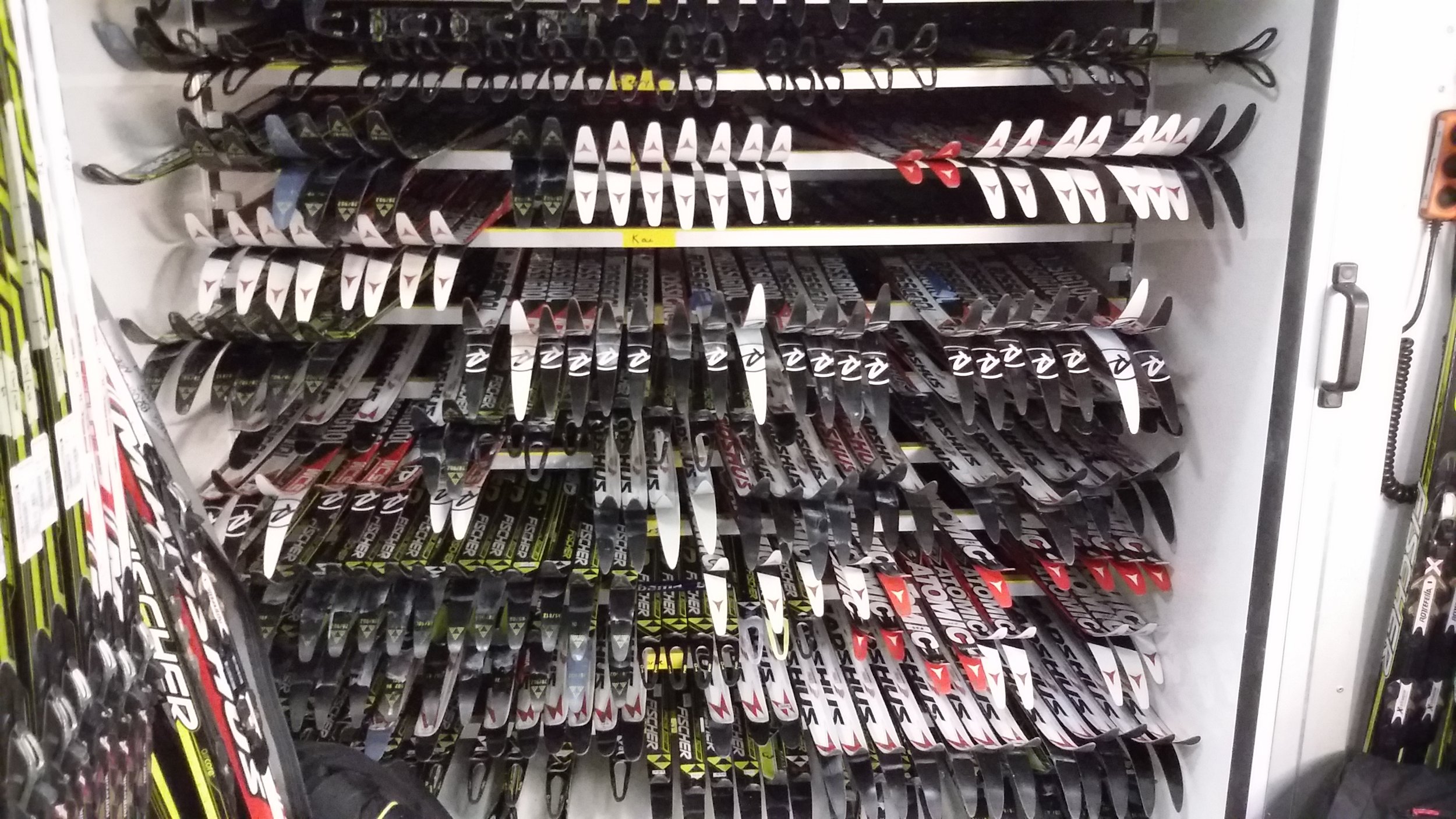Equipment in Nordic Skiing: Insights for Trondheim 2025
An article written by Knut Nystad and Trond Nystad
Image provided by Knut Nystad (Source: https://knutnystad.com)
In cross-country skiing (and other Nordic sports), training smart and being physically and mentally well-prepared are essential - but they are not enough. Every top team invests heavily in its ski-service team. These teams are often the real "alchemists" behind top performances. While there is always an element of luck, success comes down to systematic preparation that minimizes risk.
Why Equipment Matters More Than You Think
The weather during the World Championships in Trondheim has been anything but predictable. Service teams and athletes alike would probably describe it as "challenging”. Every competitor at the start line will have skis that would impress any recreational skier, but in a sport where margins are razor-thin, the difference between a good ski and a great ski can determine whether an athlete wins a medal or finishes outside the top 15.
In stable weather conditions, missing the optimal ski setup by just 1% can feel like being completely off the mark. In tricky conditions - when most athletes race on skis performing at 80% of optimal - a competitor on 82% skis can achieve a career-best finish. The unpredictable weather is a major challenge for service teams, as the ski-testing process takes time. Before each race, teams must present their skis for a “fluor test” to ensure compliance with regulations. Often, this happens well in advance of the race. If the weather shifts while the skis are being tested, athletes may be forced to compete on equipment that no longer suits the conditions. While working with meteorologists and local experts can improve forecasts, it often all comes down to luck if the weather dramatically changes close to the start or during the race.
The Battle Against Unpredictable Conditions
The result list doesn’t care where time is lost or gained. In individual races, losing a second on an uphill counts the same as losing a second on the flats or downhills. Race tactics, skills, and equipment all contribute to earning "free time". Gaining speed through corners, over hilltops, and on descents can be the difference between winning and losing. Finding these small advantages doesn’t necessarily require more training - it requires smarter skiing and the best skis for the given conditions.
Some athletes say, "The more I train, the luckier I get”, and the same principle applies to equipment. Teams that invest time and resources into testing, understanding, selecting, and optimizing their skis gain a significant competitive edge. The best teams also work the hardest:
“Each member of the service team may ski 40-50 km before a race to identify the best skis for each athlete.”
The most successful national teams have perfected the art of ski testing. They collaborate across disciplines like biathlon and Nordic combined to ensure their nation’s collective success. The bottom line? There is no substitute for hard work and teamwork.
The Science of Ski Performance
Ski performance isn’t just about glide. During a race, athletes spend little time in a tucked position. Most of the time, athletes generate forward propulsion through the skis and poles. The skis serve as a stable efficient platform that maximizes speed while minimizing energy cost. Several factors influence this efficiency, including:
Ski properties (flex, camber, length of glide zones, stiffness)
Base grind selection and methodology
Manual structure application and methodology
Waxing products and application methods
But the single most important factor? Finding the right ski for each athlete and each condition.
This process often happens years, months, or days before a competition. Grinds may take years to develop but are fine-tuned right before the race. Waxing and manual structure adjustments happen as close to the race as possible.
The Secret Sauce: Relentless Testing & Learning
So, what’s the magic bullet? The truth is both simple and elusive: an open mind, curiosity, passion, enthusiasm, knowledge sharing, and a commitment to continuous exploration - all backed by hard work over time and rigorous data collection.
Relentless testing in all conditions and a continuous drive to explore and learn is the only part to uncover the “holy grail” of ski performance. The real challenge? Accepting the results.
“If you’re testing but already have a preferred outcome in mind - don’t test. If you ignore the best option when you see it - don’t test. Testing is about discovery, not confirmation. Use the answer or don’t test at all.”
The best teams maintain vast databases with thousands of test results, continuously analyzing, comparing, and refining their decisions. They don’t blindly repeat what worked in the past - they build on experience while remaining open to new solutions. Sometimes, the best option is an old one, but improvement comes from relentless curiosity and shared passion. What works today might not be enough tomorrow.
Final Thought
If you’re competing at the highest level and want to improve quickly, don’t just invest in training - invest in your equipment. The best part? You’ll ski faster without having to train more or harder. That’s what we call smart.
P.S. For younger athletes, this level of dedication to equipment makes little sense. Training, skill mastery, and a love for skiing should be the primary focus. That said, experimenting with small adjustments - like binding placement or waxing techniques -can help develop a deeper interest and understanding of ski performance over time.

